The prevalence of fast digital life has made food delivery applications crucial elements in daily living. Zomato functions as a worldwide market leader transforming our ability to fetch food deliveries and search restaurants and participate in dining experiences. What parameters make Zomato succeed in its market? Its framework stands out because it integrates advanced technology with design developed for the user experience and operates with perfect functionality.
This blog analyzes Zomato's application framework by examining its essential parts while demonstrating its ability to create an excellent user interface experience.
The Foundation: Understanding Zomato’s Framework
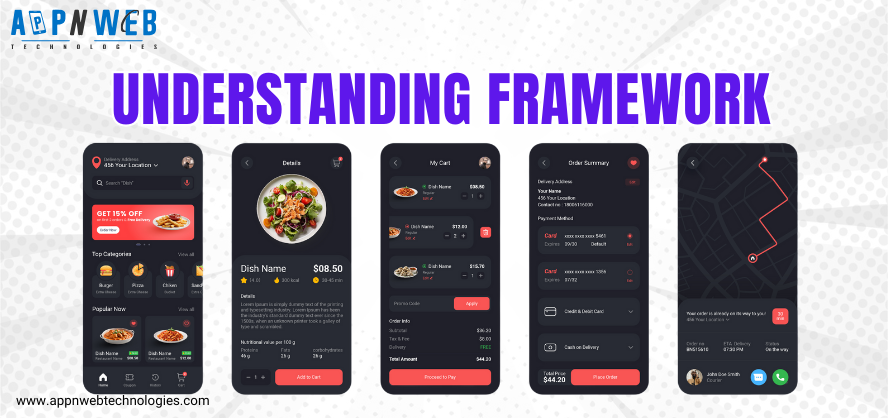
At its core, Zomato is a food delivery and restaurant discovery platform that connects users with restaurants, cafes, and eateries. The app’s framework is built on a combination of front-end and back-end technologies, ensuring that it is fast, reliable, and scalable. Let’s break it down:
Front-End Development
Zomato users mainly work with the app’s front-end interface. The application provides users with an interface that maintains an intuitive design and visual appeal together with convenient navigation. Zomato builds its mobile application using the modern development framework called React Native. React Native enables Zomato to create an application which operates identically between iOS and Android devices thus minimizing development duration and enforcing uniformity throughout both platforms.
The interface displays a minimalistic and usable design for superior user experience. Multiple features such as search bars together with filters and restaurant cards have been specifically designed to accelerate user search results. The application uses transitions combined with animations which create an enhanced user experience while maintaining dynamicity and increased engagement.
Back-End Development
Zomato operates its fundamental operations from its back-end facilities. This platform takes care of all tasks which include order processing together with restaurant information management and user profiles administration. Zomato uses Python alongside Java as its programming languages to construct its backend framework which utilizes Django and Spring Boot components. The application maintains high performance for its huge user base through this combination of technologies.
Many functions in the back-end system handle integration with different third-party solutions including payment gateways together with mapping APIs integrated from Google Maps and analytics capabilities. Through complete integration Zomato provides users with innovative features consisting of dynamic order monitoring in addition to safe payment systems and customized suggestion options.
Key Features of the Zomato App Framework
The Zomato platform develops its comprehensive structure to deliver solutions for users and restaurant partners who need different services. Zomato features these main components among others:
Restaurant Discovery and Search
The main purpose of Zomato exists in helping customers find new restaurants. Through its robust search mechanism the app analyzes several criteria which include location and cuisine type and user ratings and evaluations. People looking for restaurant results can see streamlined results by using filters that match their specific requirements such as price level and delivery capabilities.
Real-Time Order Tracking
After placing an order Zomato delivers continuous updates about order progress in real time. Zomato powers this tracer function with GPS location logging that links with delivery company systems. Users benefit from the system which displays both food delivery location details and estimated delivery durations through an easy-to-follow format.
Personalized Recommendations
Through its machine learning algorithms Zomato examines how users behave as well as their personal choices. The application uses user behavioral information to provide recommendations for restaurants along with dishes and specific types of cuisine which the user might prefer. Personalization in the system creates better user experiences which leads users to stay on the service.
Secure Payment Options
Zomato enables payment through diverse methods such as debit and credit cards along with digital wallet options as well as cash upon delivery. Users can make payments through Zomato’s payment gateway with peace of mind because the system meets all industry safety norms to safeguard financial information.
The Role of APIs in Zomato’s Framework
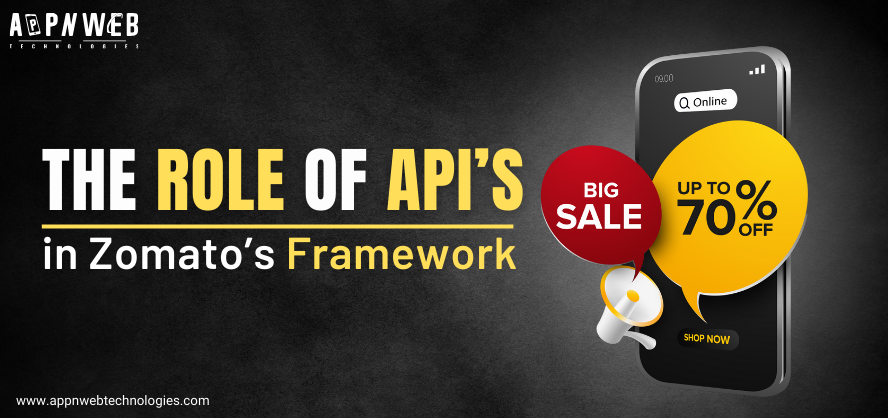
Zomato implements APIs as essential components that power their operational framework. Through APIs Zomato establishes a connection with external services in order to integrate new capabilities. The main APIs that Zomato employs include:
- Google Maps API provides location-based services that help users to find nearby restaurants while it tracks delivery partner movements.
- Payment Gateway APIs: For processing transactions securely.
The SMS and Email APIs enable Zomato to automatically send messages to customers through both email and SMS services.
- Analytics APIs: For tracking user behavior and app performance.
Zomato benefits from using APIs for offering a smooth feature-packed user experience which they could not have achieved by building everything individually.
Challenges and Solutions in Zomato’s Framework
The development process for similar applications such as Zomato requires significant management of multiple technical difficulties. These are the main difficulties which exist:
a. Handling High Traffic
The Zomato system faces server limitations when usage reaches its highest point during specific times. Auto-scaling and load balancing distribution technologies help the app spread its workload uniformly throughout the system.
b. Ensuring Data Security
Zomato focuses primarily on security since they manage vast amounts of sensitive user information. The app preserves user information through encryption technologies as well as secure APIs and scheduled security examination.
c. Maintaining Consistency Across Platforms
Reaching consistency between multiple platform versions of Zomato (iOS, Android, and web) presents a development challenge because the company supports multiple platforms. The implementation of cross-platform frameworks such as React Native enables companies to resolve this specific issue.
The Future of Zomato’s Framework
Technology advancement has pushed Zomato to strengthen their framework. The business invests in continuous development initiatives to enhance the application while pushing past industry competition. Several upcoming features will emerge in Zomato’s development as follows:
- Zomato will direct more investments toward applying machine intelligence technologies which will include voice query services together with interactive bots and sophisticated user-profile customizations.
- The dining experience could benefit from Augmented Reality (AR) capabilities which let users explore restaurants virtually through interactive menus.
- Zomato may integrate sustainability features into their platform by offering environmentally-conscious dining aspects such as sustainable packaging choices and carbon tracking services.
Conclusion
A thoughtfully designed framework serves as the basis of successful achievement in the Zomato application model. Zomato applies pioneering technologies with user-focused design elements and resilient infrastructure to develop an app minimalist interface that functions seamlessly while also being user-friendly to operate.
Zomato builds a system which functions as an interface connecting food lovers with restaurants seeking new clients. Zomato's dedication to advancement and top-quality performance will sustain its industry-leading position because of the expanding food delivery sector. When you access Zomato to order your meals, be aware of the complex system which enables the smooth functioning of the app.
Thanks for reading!
Have a project in mind? Schedule a free consultation today.
Get StartedNeed Expert Development Services?
You have spent quite some time on this page while seeking a suitable technology partner.


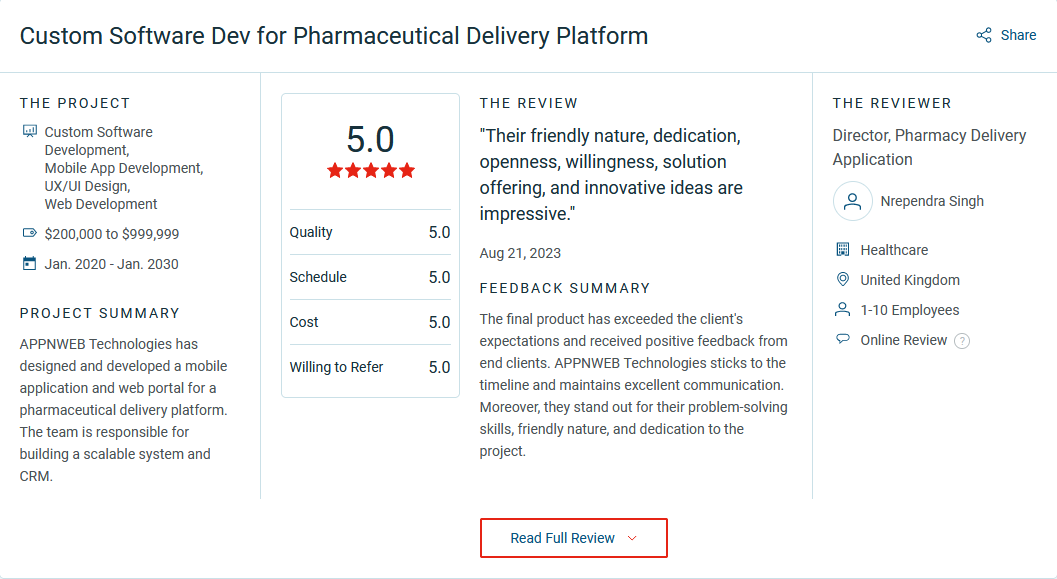
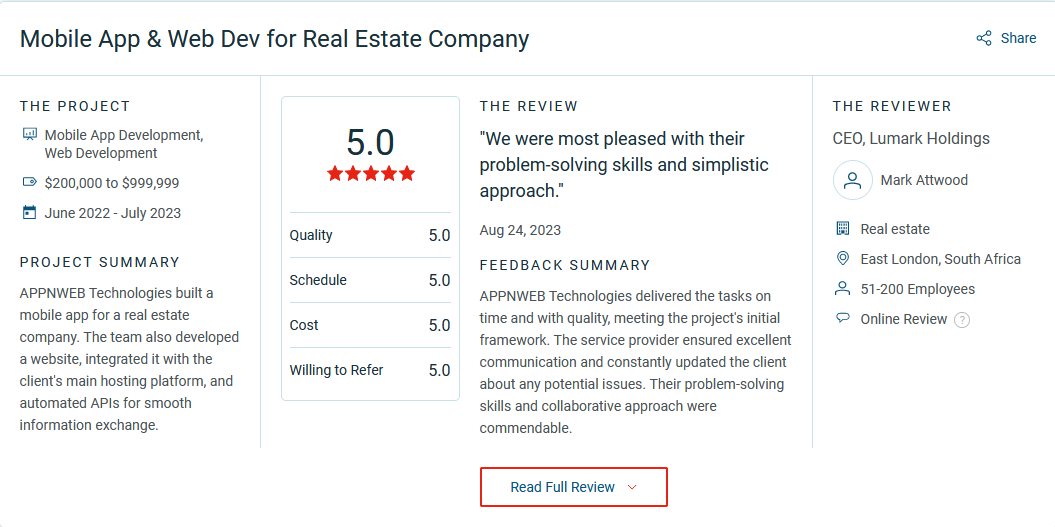
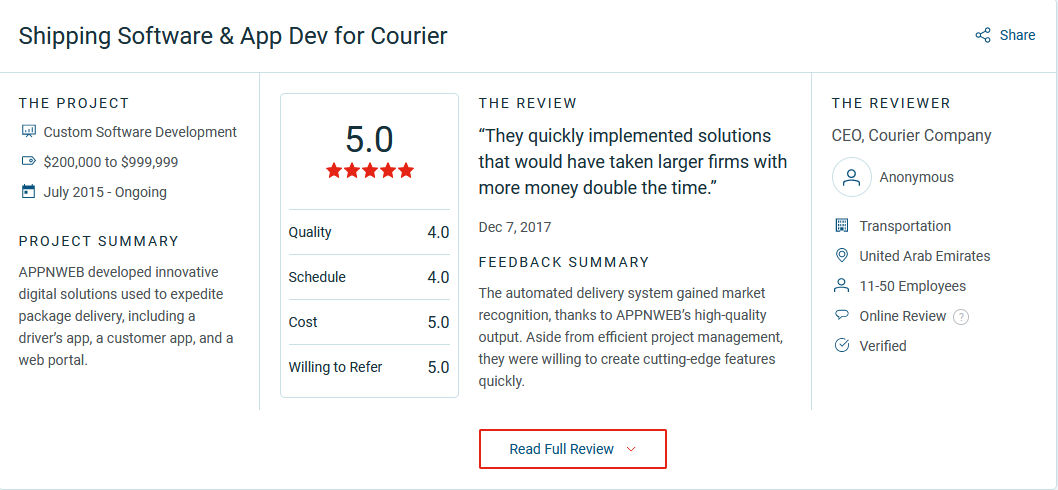
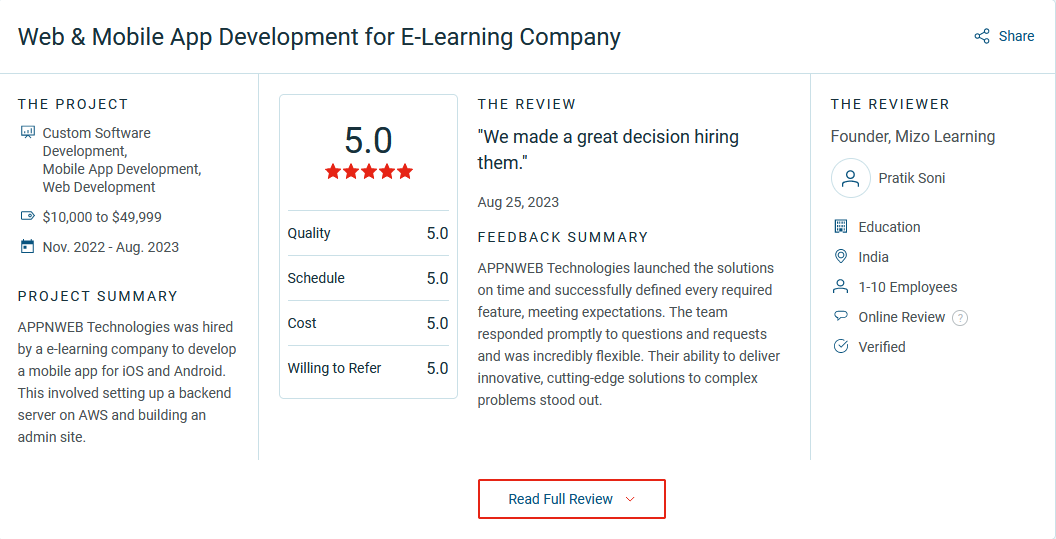
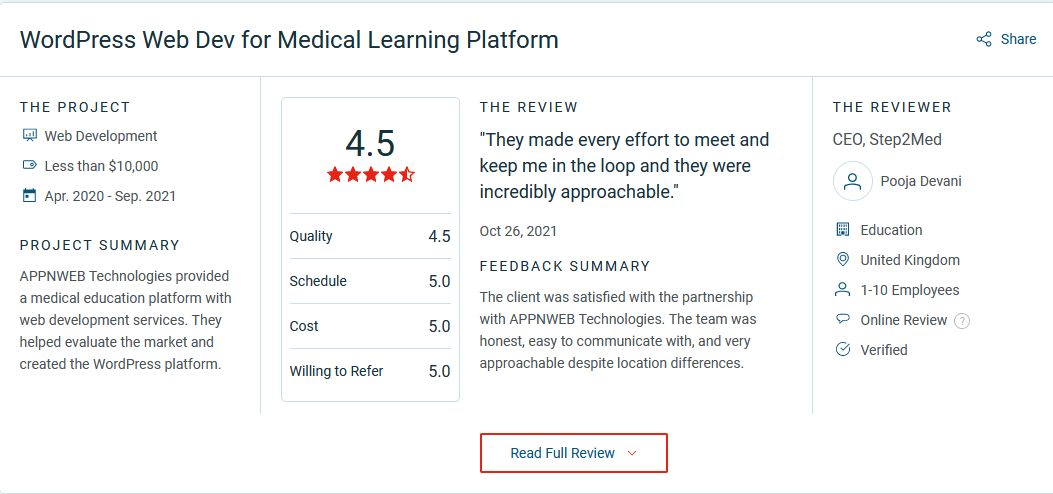












 Hire Craft CMS Developers
Hire Craft CMS Developers
 Hire Flutter Developers
Hire Flutter Developers
 Hire Blockchain Developer
Hire Blockchain Developer
 Hire WordPress Developer
Hire WordPress Developer
 Hire Magento Developer
Hire Magento Developer
 Hire Laravel Developers
Hire Laravel Developers
 Hire SaaS Developers
Hire SaaS Developers
 Hire Shopify Developer
Hire Shopify Developer
 Hire the Best Android Developer
Hire the Best Android Developer
 Hire PHP Developer
Hire PHP Developer
 Hire the Top 3% of Java Developers
Hire the Top 3% of Java Developers
 Hire Fully Vetted Angular Developers
Hire Fully Vetted Angular Developers
 Hire ReactJS Developers in India
Hire ReactJS Developers in India
 Hire iOS Developers in India
Hire iOS Developers in India
 Hire React Native Developers
Hire React Native Developers
 Hire Python Developers
Hire Python Developers


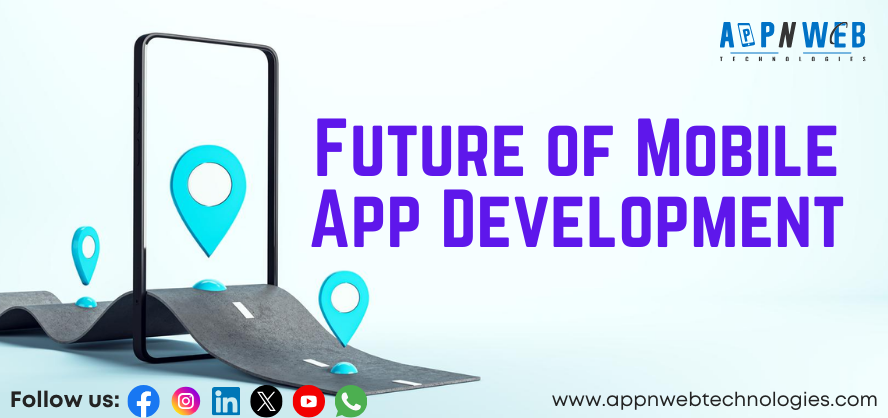
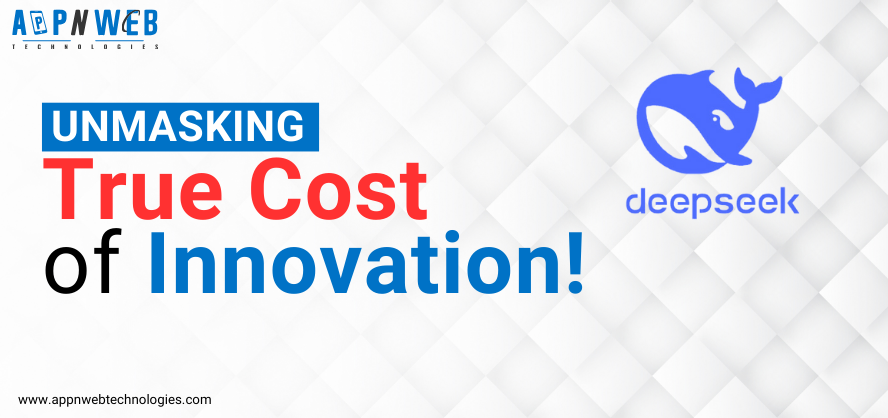





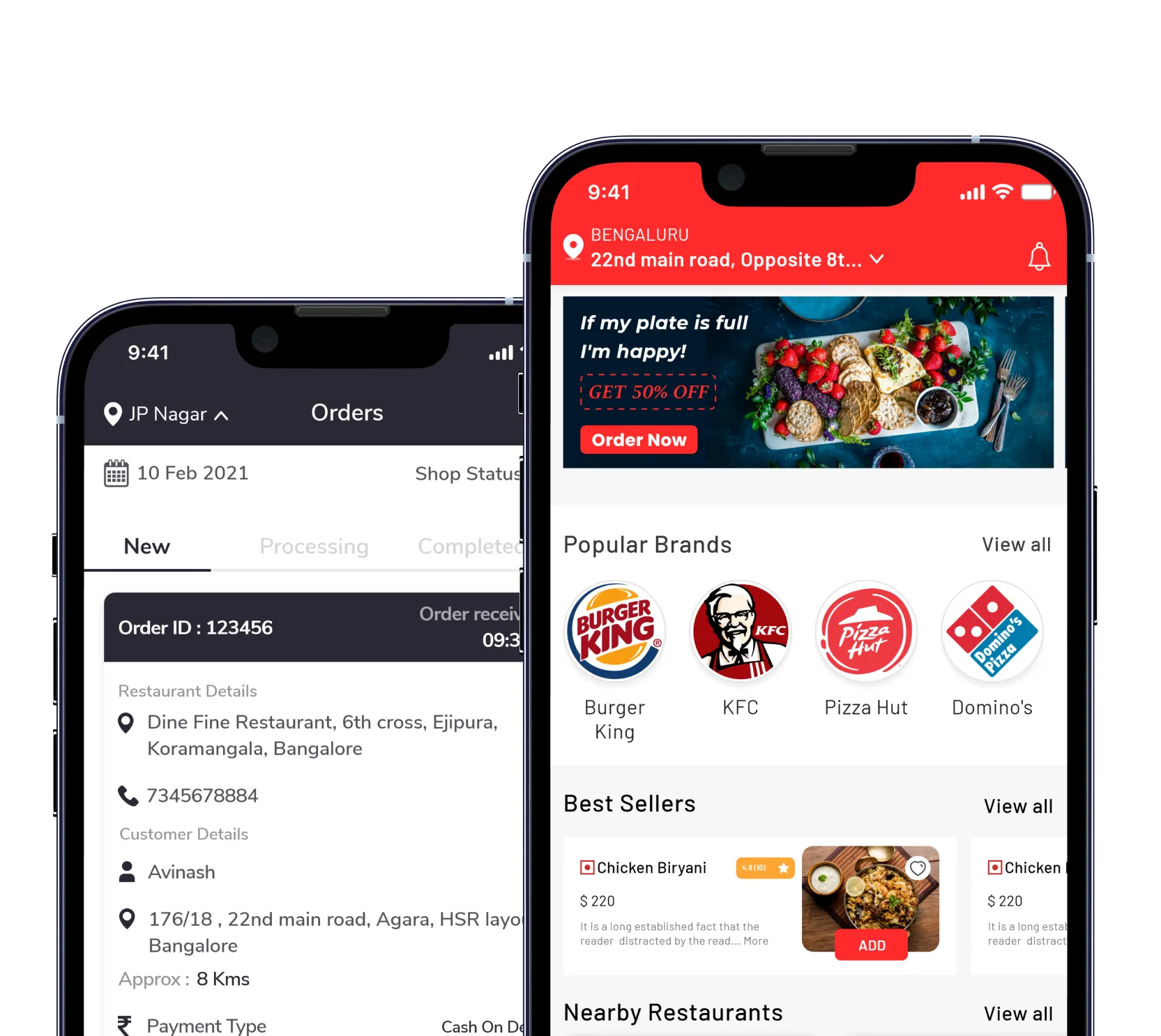








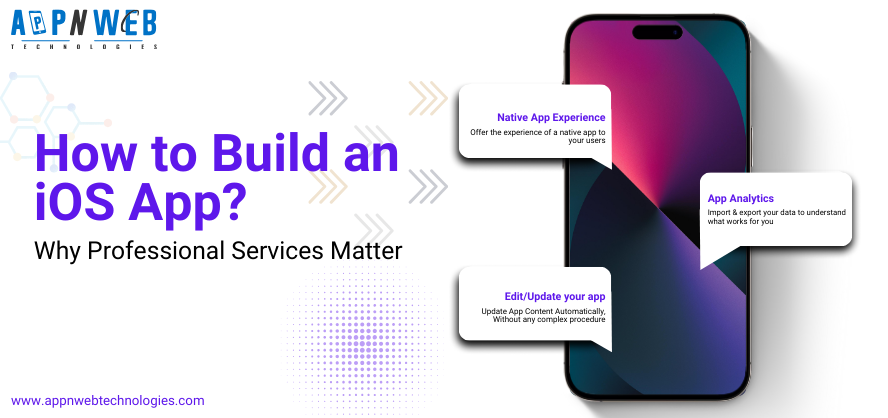
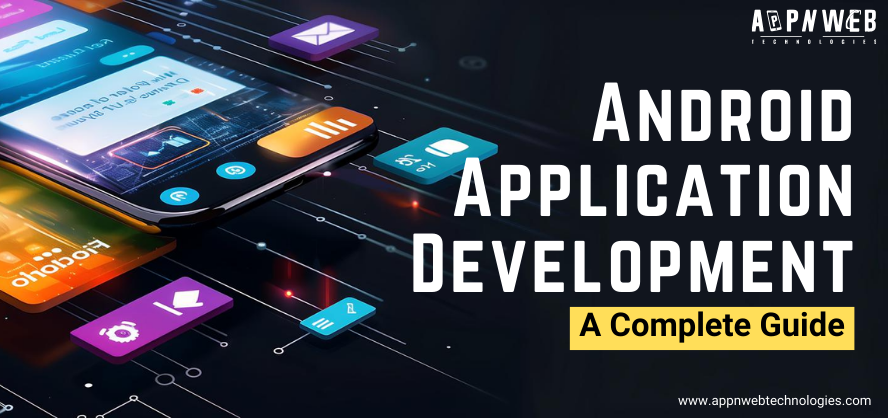
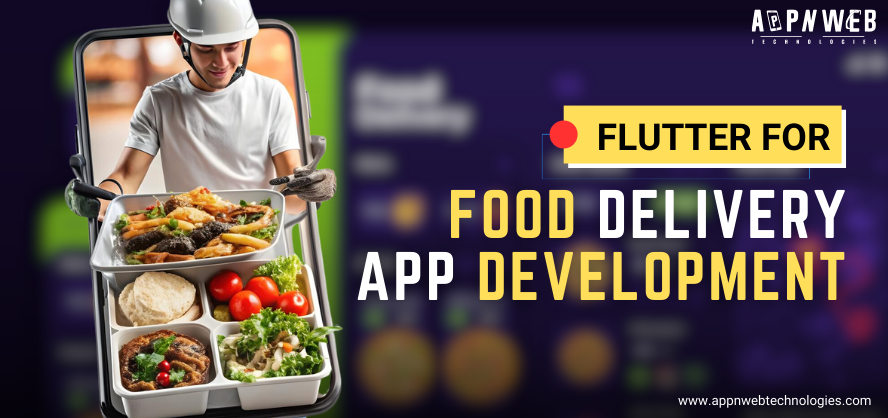

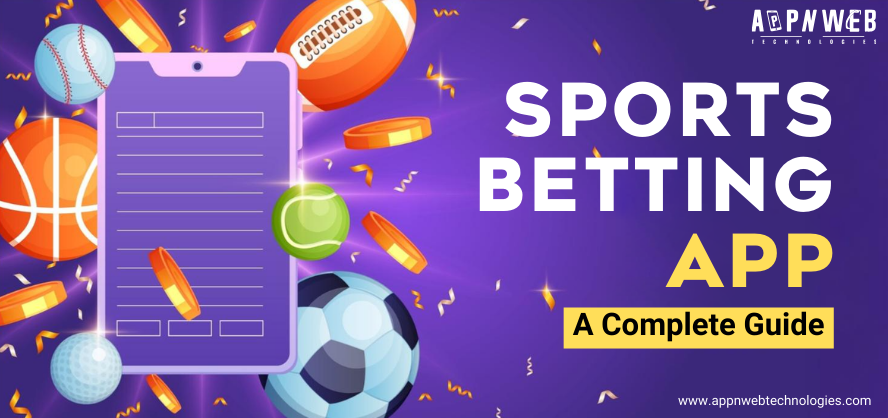

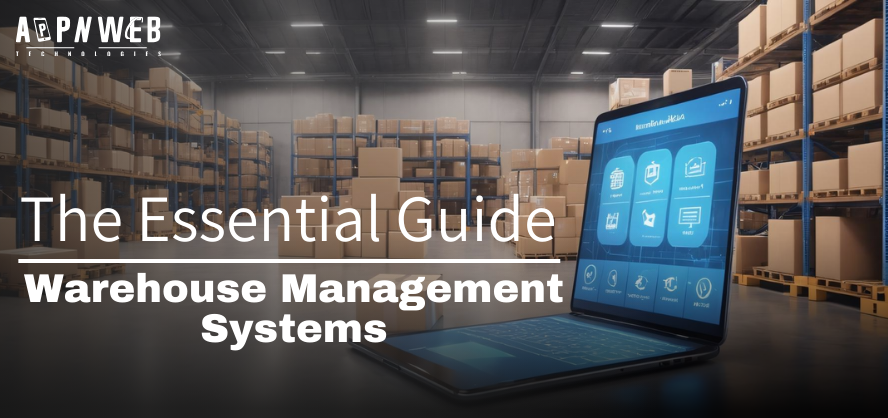
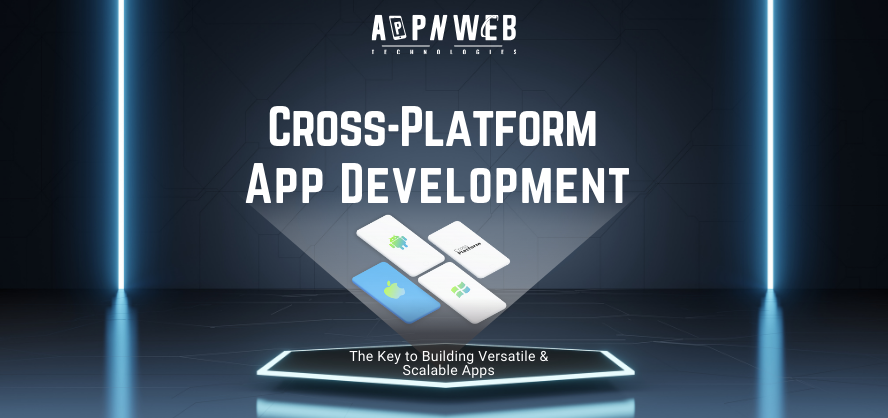
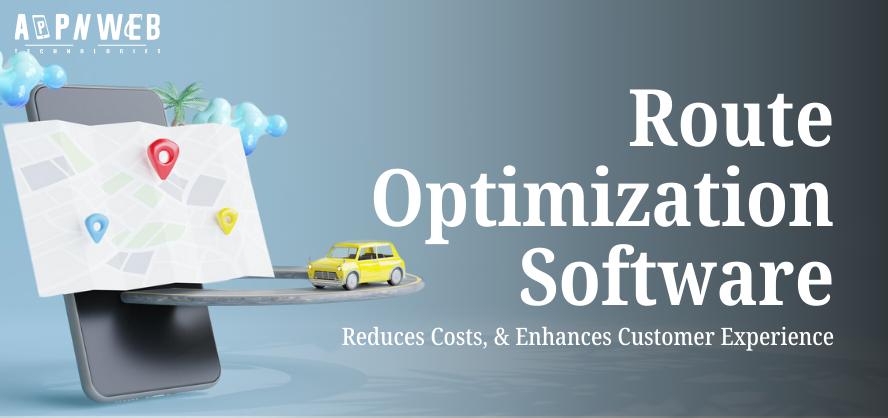



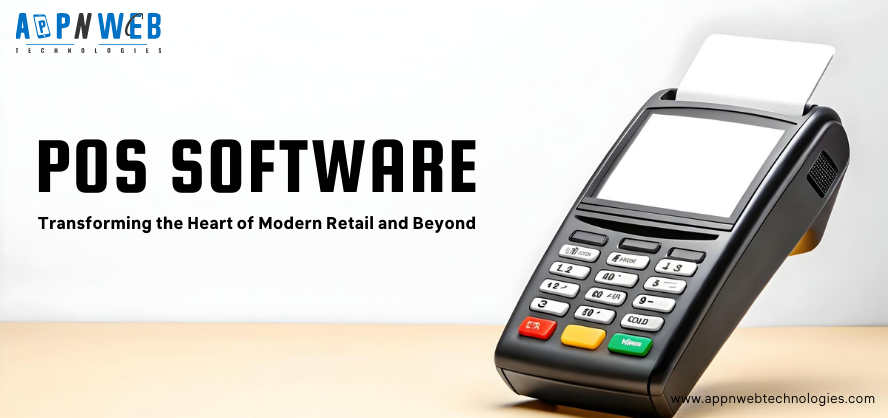
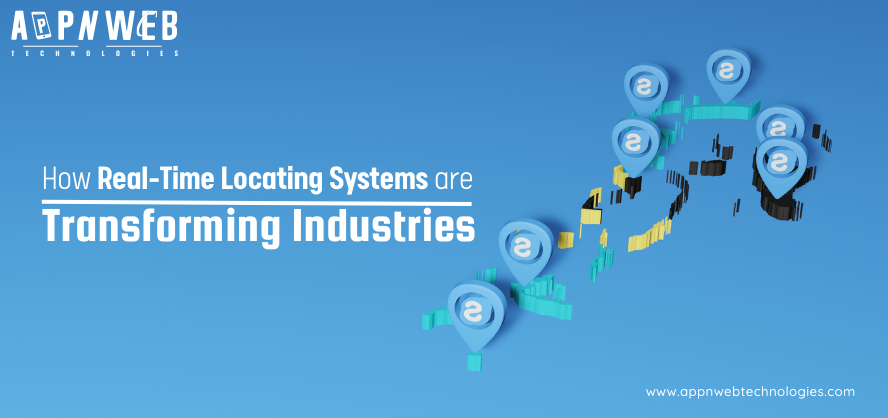



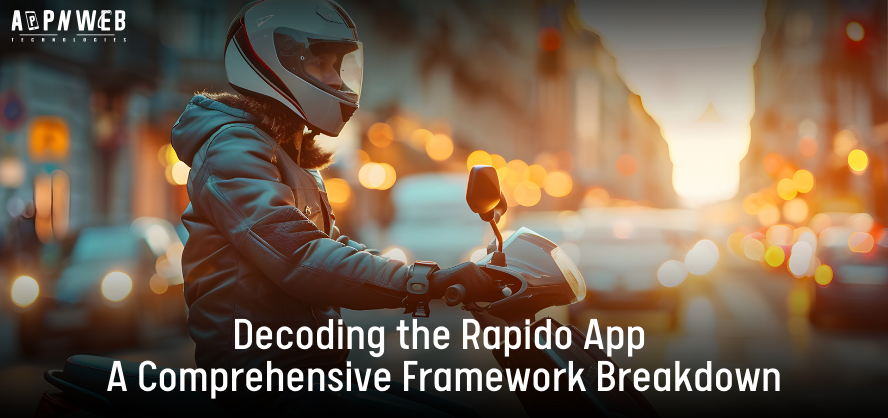


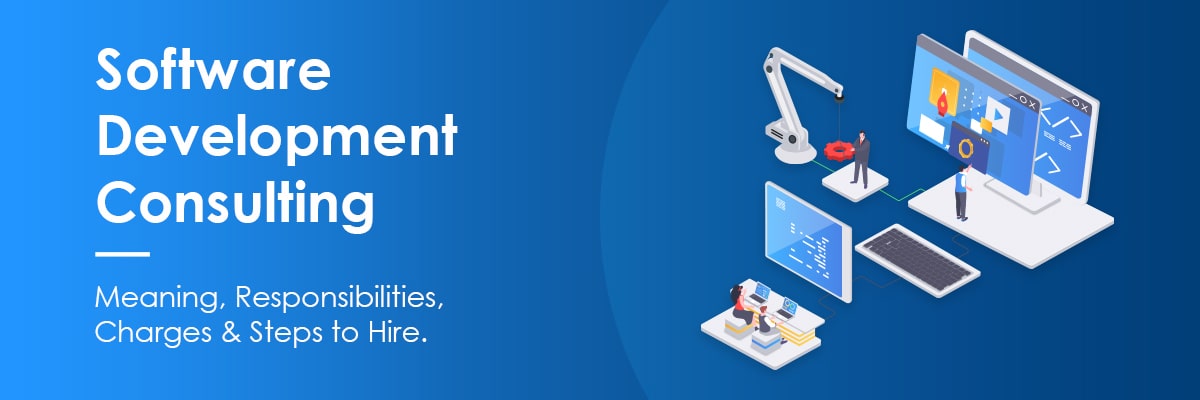





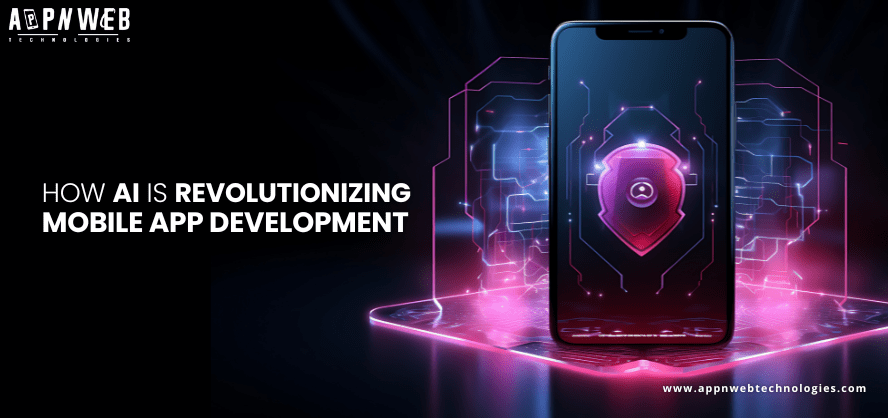






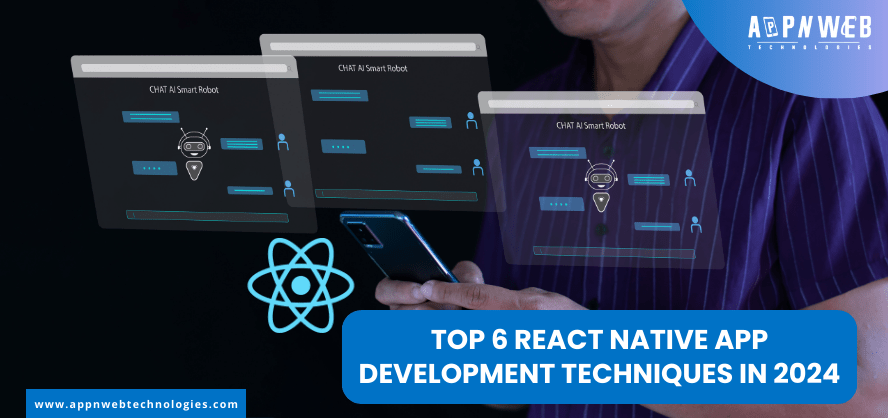

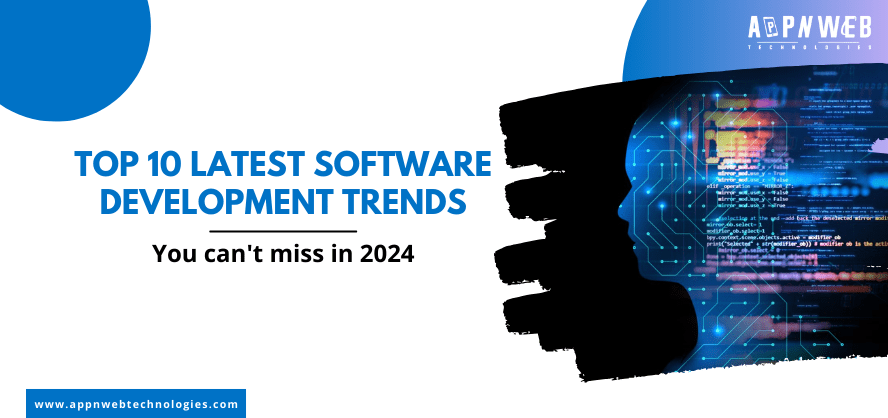


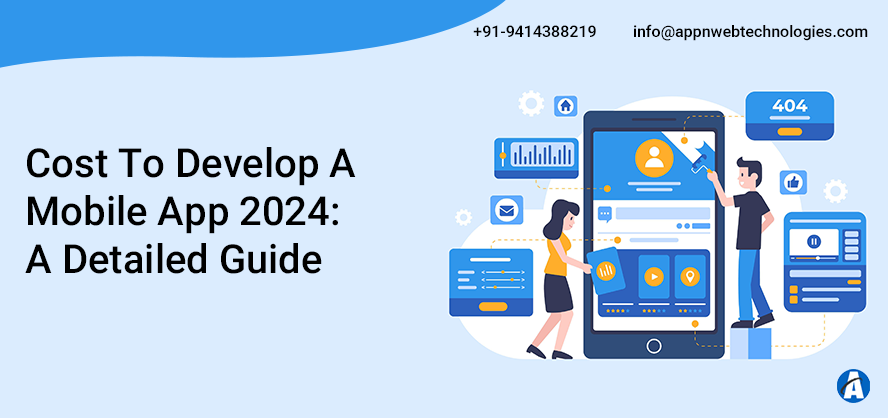
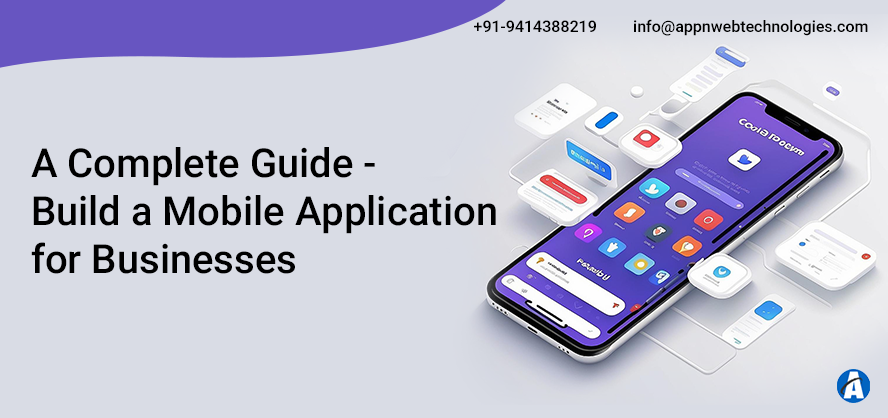
.svg)






